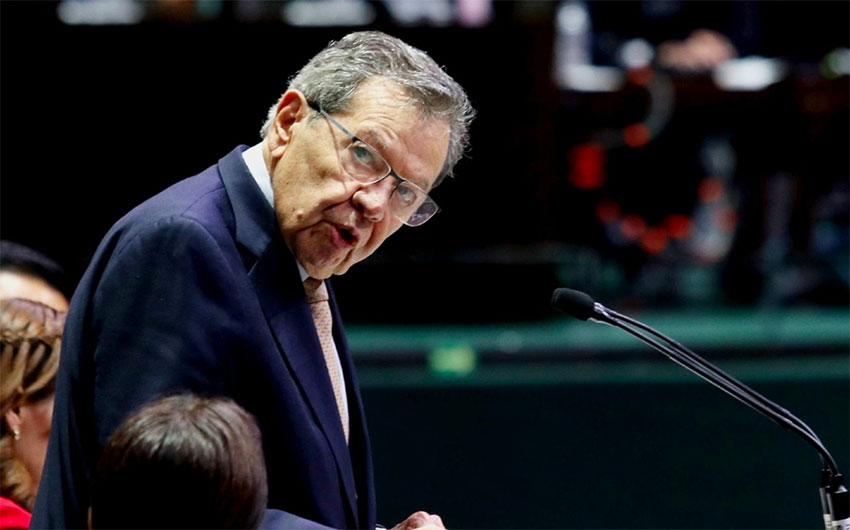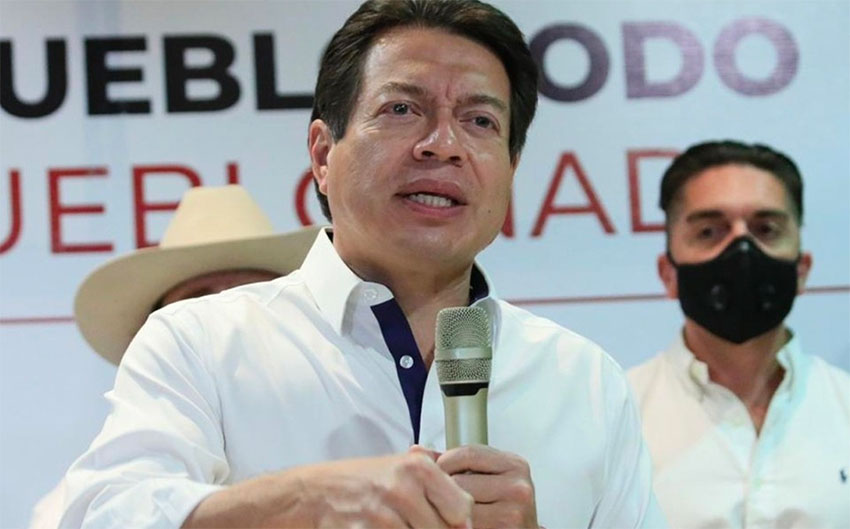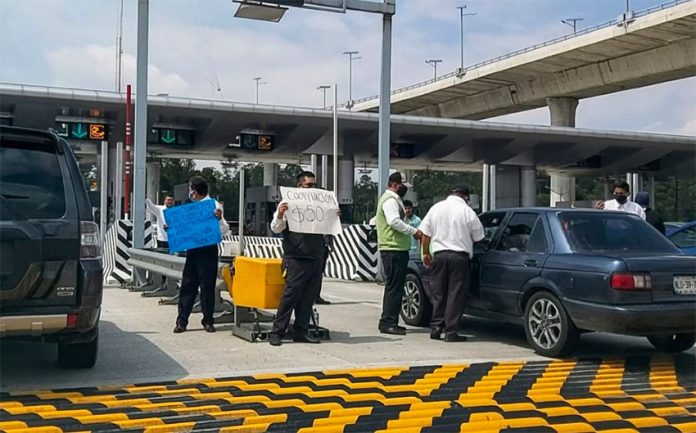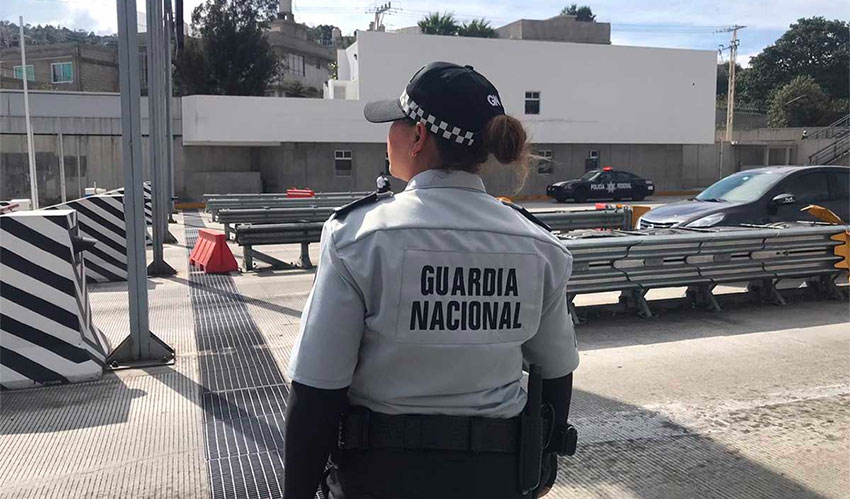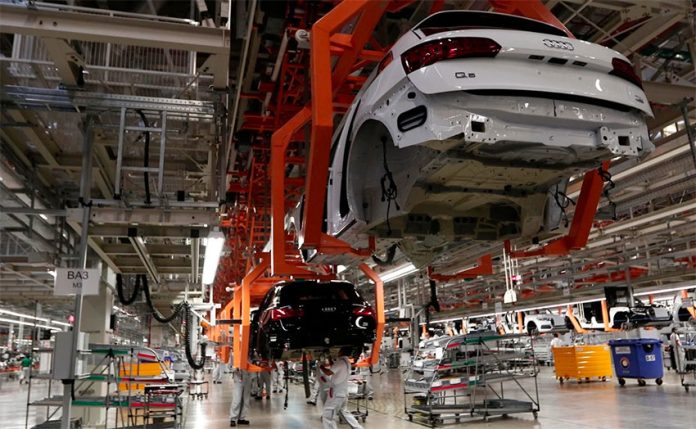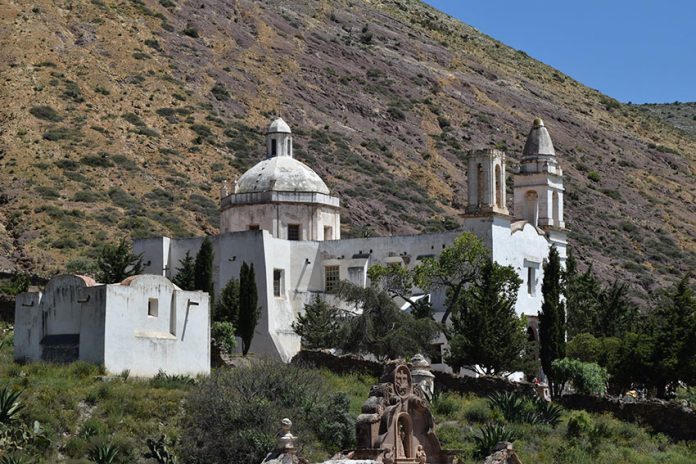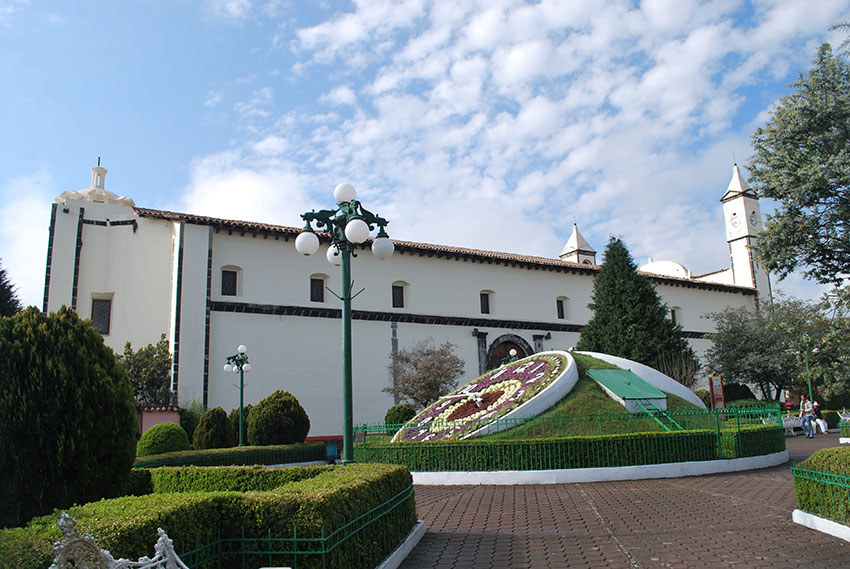My first memories of eggplant are not good ones.
Every Sunday, my mother would make the recipe from the New York Times Magazine for dinner. Whatever it was – cold cucumber soup comes to mind — it would be on our plates that evening. My siblings and I learned to dread Sundays.
“Eggplant fries” was one of those Sunday night dishes.
Now, if she’d just told us it was eggplant instead of saying they were a “new kind” of French fries, we might have been more open to at least trying them. Even today, the recollection of the soft sponginess of those breaded, baked sticks of eggplant makes me shudder whenever I see eggplant-anything on a menu.
Thankfully, as an adult I’m able to take a deep breath and look beyond that unfortunate childhood memory. I’ve learned that properly cooked eggplant is a delight in all kinds of dishes. The trick is in the preparation.

First, to peel or not to peel? It’s a personal preference; I always do. Salting eggplant before cooking to draw out the bitterness is another step that’s easily avoided (ahem) but it does make a difference. Simply lay out the slices of eggplant on a towel, sprinkle on both sides with kosher salt and let sit for 45 minutes. Pat dry — don’t rinse. Then proceed with the recipe.
You don’t need to do this with Japanese eggplants (the long thin ones) as they’re sweeter.
The most common types of eggplant are the purplish-black, pear-shaped ones and the aforementioned Japanese variety. In either case, look for firm fruits with shiny skin. Eggplant is a fruit in the nightshade family, as are tomatoes. The name “eggplant” came about due to the white-skinned variety, not seen very often.
Interestingly, although berenjena, as it is called in Spanish, is grown in Mexico and found in mercados all over the country, I didn’t find any Mexican recipes with eggplant that weren’t Italian inspired.
Swordfish with Caramelized Eggplant & Capers
The extra steps are worth the time — you’ll love this melt-in-your-mouth caramelized eggplant and tender swordfish in a caponata-like sauce. Use another firm white fish or even chicken if swordfish isn’t available.
- 1½ pounds eggplant, in 1-inch cubes
- 2 Tbsp. olive oil, plus more as needed
- Salt and pepper
- 1 red onion, halved, thinly sliced
- 1 cup chopped fresh tomatoes
- 2 Tbsp. butter
- 2 garlic cloves, minced
- ⅓ cup dry white wine or chicken or vegetable broth
- 2 Tbsp. chopped, pitted Castelvetrano or other firm green olives
- 1 Tbsp. drained capers
- 1½ pounds swordfish, cut into 1½ -inch chunks
- ¼ cup chopped parsley
- Garnish: Basil leaves, lime juice
Heat broiler. Set rack 4 inches from heat source. If grilling, heat grill.
In a bowl, toss eggplant with enough oil to coat; season with salt. Broil or grill until golden all over and charred in spots, 2-4 minutes per side.
Heat large skillet over medium-high. Add 2 Tbsp. oil; sauté onion till lightly browned. Add tomatoes and ¼ cup water. Simmer until tomato turns saucy, about 5 minutes. If needed, add splash more water. Add eggplant and drizzle of oil to pan; turn heat to medium-low. Cook until mixture is very tender, 10-15 minutes. Season with salt and pepper. Transfer eggplant mixture to a bowl and set aside.
Without wiping out pan, raise heat to medium, add butter and garlic. Sauté 1 minute. Add wine, olives, capers and pinch of salt; bring to a simmer. Add swordfish, gently turning pieces so they don’t fall apart, until cooked through, 3-5 minutes. Return eggplant mixture and parsley to pan and gently stir. Heat until mixture bubbles, 1-2 minutes. Garnish with basil leaves and a squeeze of lime juice. –nytimescooking.com
Caponata Flatbread
- 1 lb. pizza dough
- Flour
- 2 Tbsp. red wine vinegar
- 1 tsp. honey
- 3 Tbsp. olive oil
- 2 plum tomatoes, halved lengthwise
- 1 small eggplant, peeled & halved lengthwise
- 1 red pepper, quartered
- Salt & pepper
- 1 Tbsp. capers, chopped
- ¼ cup parsley, chopped
- 1 cup ricotta
Heat oven to 425 F and heat grill to medium-high. On a lightly floured surface, shape pizza dough into large rectangle, transfer to a parchment-lined baking sheet. Bake 10 minutes. Remove from oven; increase heat to 475. Meanwhile, in a large bowl, whisk together vinegar, honey and 1 Tbsp. oil.
Brush tomatoes, eggplant and red pepper with 1 Tbsp. oil; season with salt and pepper. Grill, turning occasionally, until just tender; transfer to cutting board and cut into large pieces. Add vegetables, capers and parsley to bowl with vinegar mixture and toss. Spread ricotta on crust, leaving a ½-inch border all the way around, then top with vegetables. Brush rim of crust with oil and bake until crust is deep golden brown, 4-6 minutes.
Eggplant Parm Chips
Use a mandoline if you have one to slice the eggplant thin, or slice by hand, trying to make them all the same thickness. Serve with marinara sauce for dipping.

- 1 eggplant
- 2 Tbsp. olive oil
- ¼ cup grated Parmesan cheese
- 1 tsp. Italian seasoning
- 1 tsp. garlic powder
- Salt & pepper
Preheat oven to 350 F. Cut eggplant into very thin rounds and salt as described above. Transfer eggplant to a bowl and toss with oil. Add Parmesan, Italian seasoning, garlic powder. and pepper and toss. Arrange eggplant slices in a single even layer (not overlapping) on a baking sheet. Bake until golden and crisp, turning once, 16-20 minutes. Let cool before serving.
Roasted Eggplant, Tomato & Ricotta Frittata
- 2 Tbsp. olive oil
- 1 eggplant, peeled, cut into ½-inch dice
- 1 pint cherry tomatoes
- Salt and pepper
- 6 eggs
- 1 cup milk
- 1 tsp. red pepper flakes
- 1 tsp. oregano
- 1 lb. ricotta
Heat oven to 450 F. In a large bowl, toss oil, eggplant, tomatoes and oregano. Season with salt and pepper. Roast on a baking sheet for 20-30 minutes, until eggplant is tender and tomatoes are bursting.
Lower oven to 375. In another bowl, whisk eggs, milk and red pepper. Grease 9-inch pie pan. Combine egg mixture with vegetable mixture. Pour into prepared pan. Top with ricotta. Bake 30-35 minutes or until set. Let stand 5 minutes before serving.
Janet Blaser has been a writer, editor and storyteller her entire life and feels fortunate to be able to write about great food, amazing places, fascinating people and unique events. Her first book, Why We Left: An Anthology of American Women Expats, is available on Amazon. Contact Janet or read her blog at whyweleftamerica.com.


